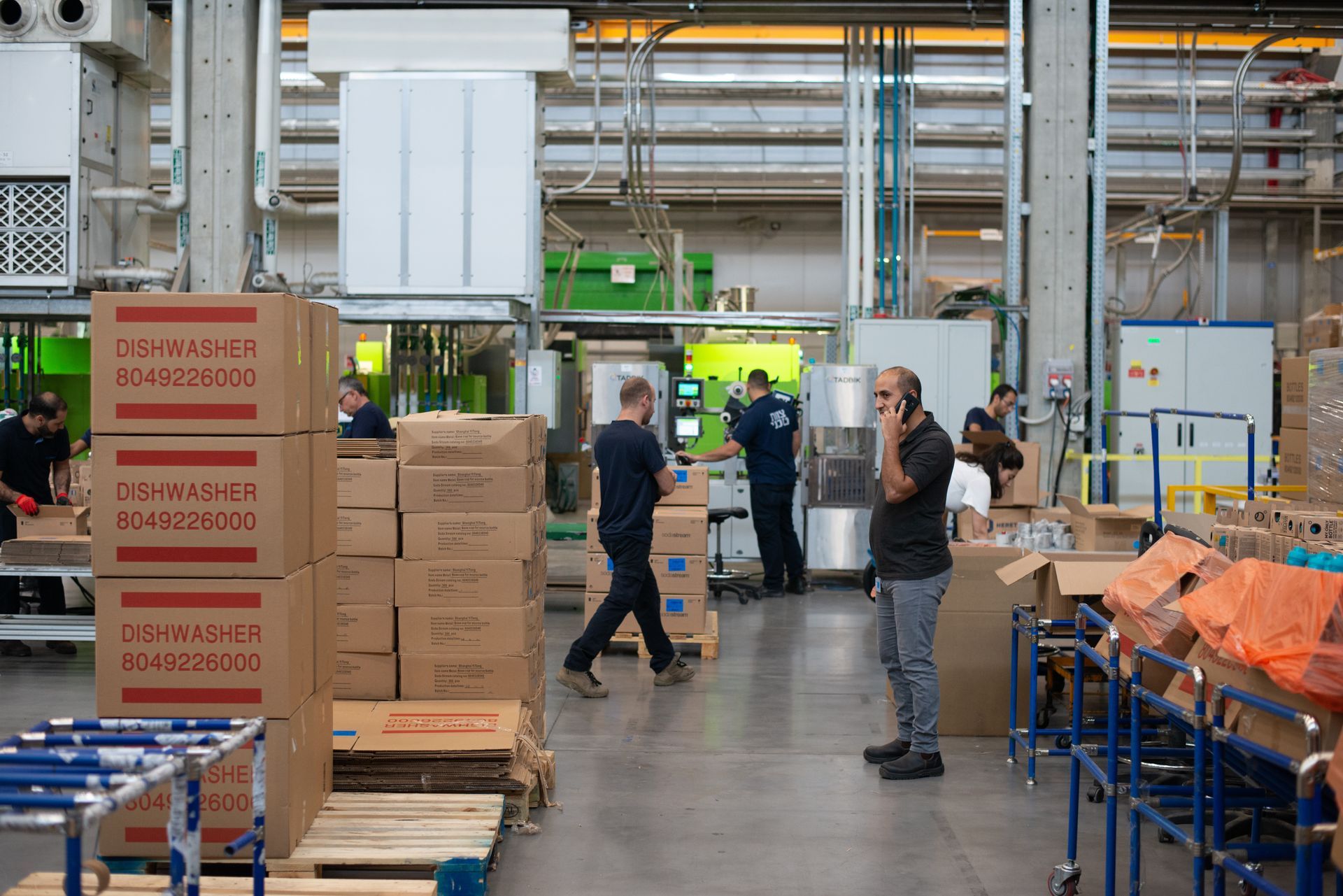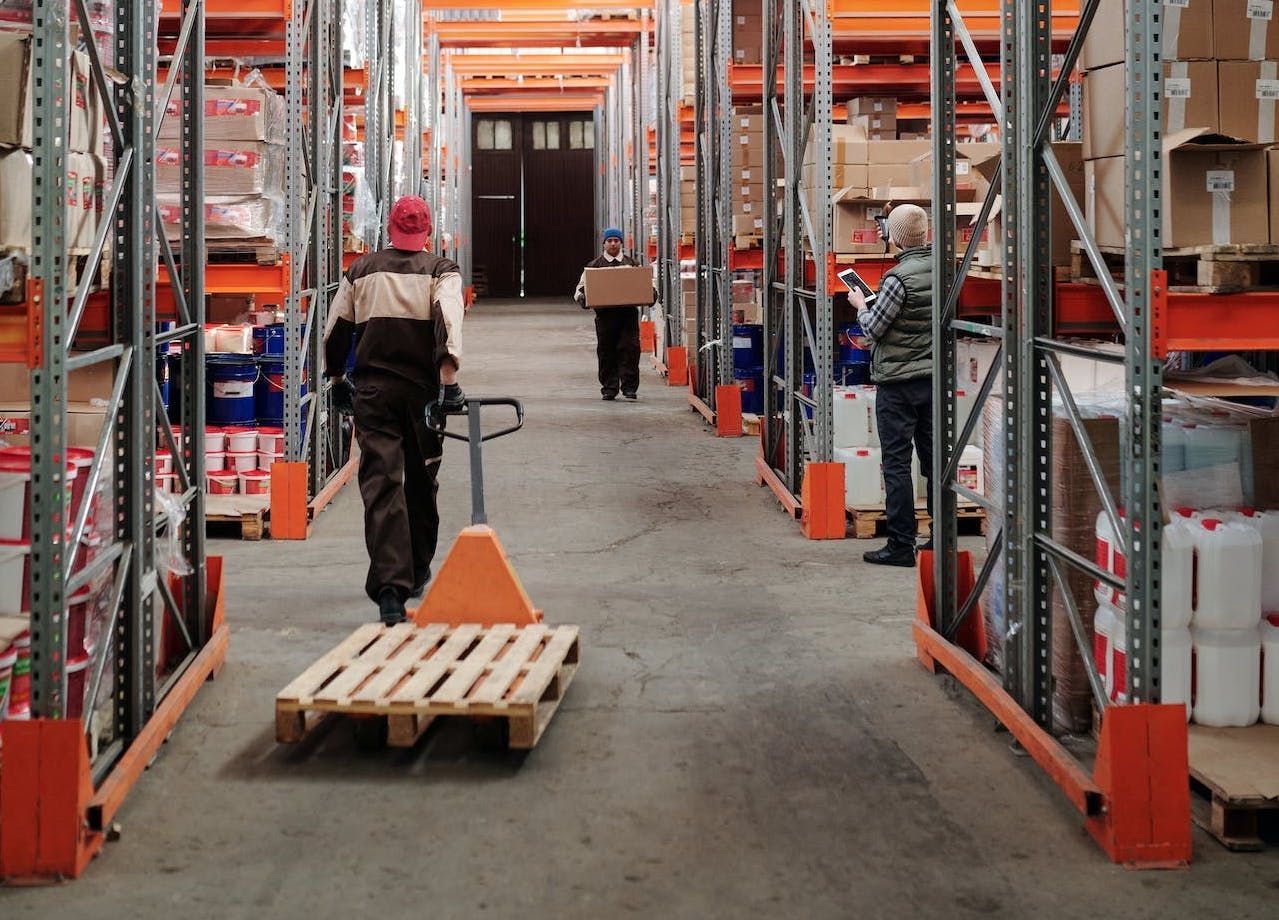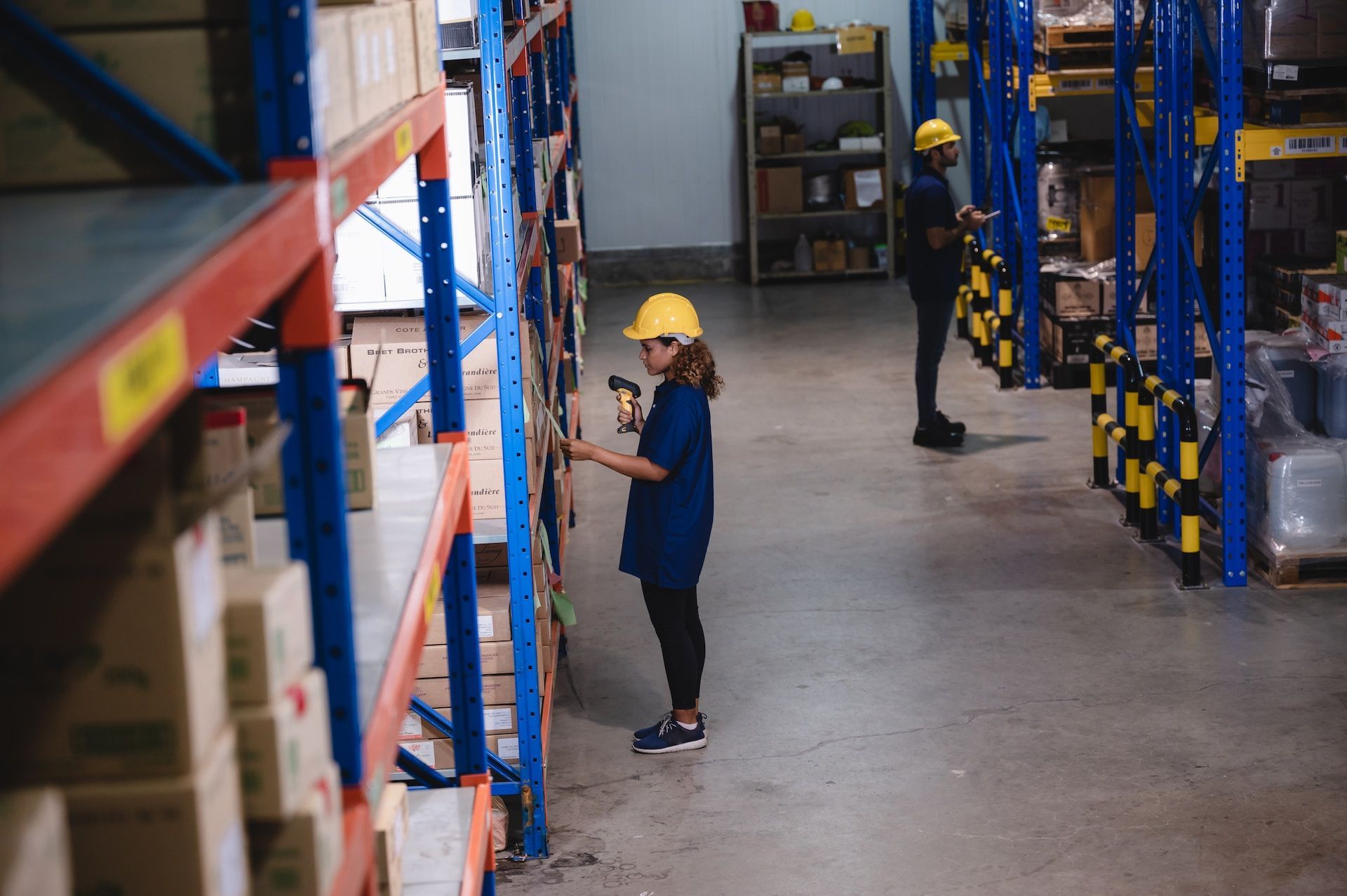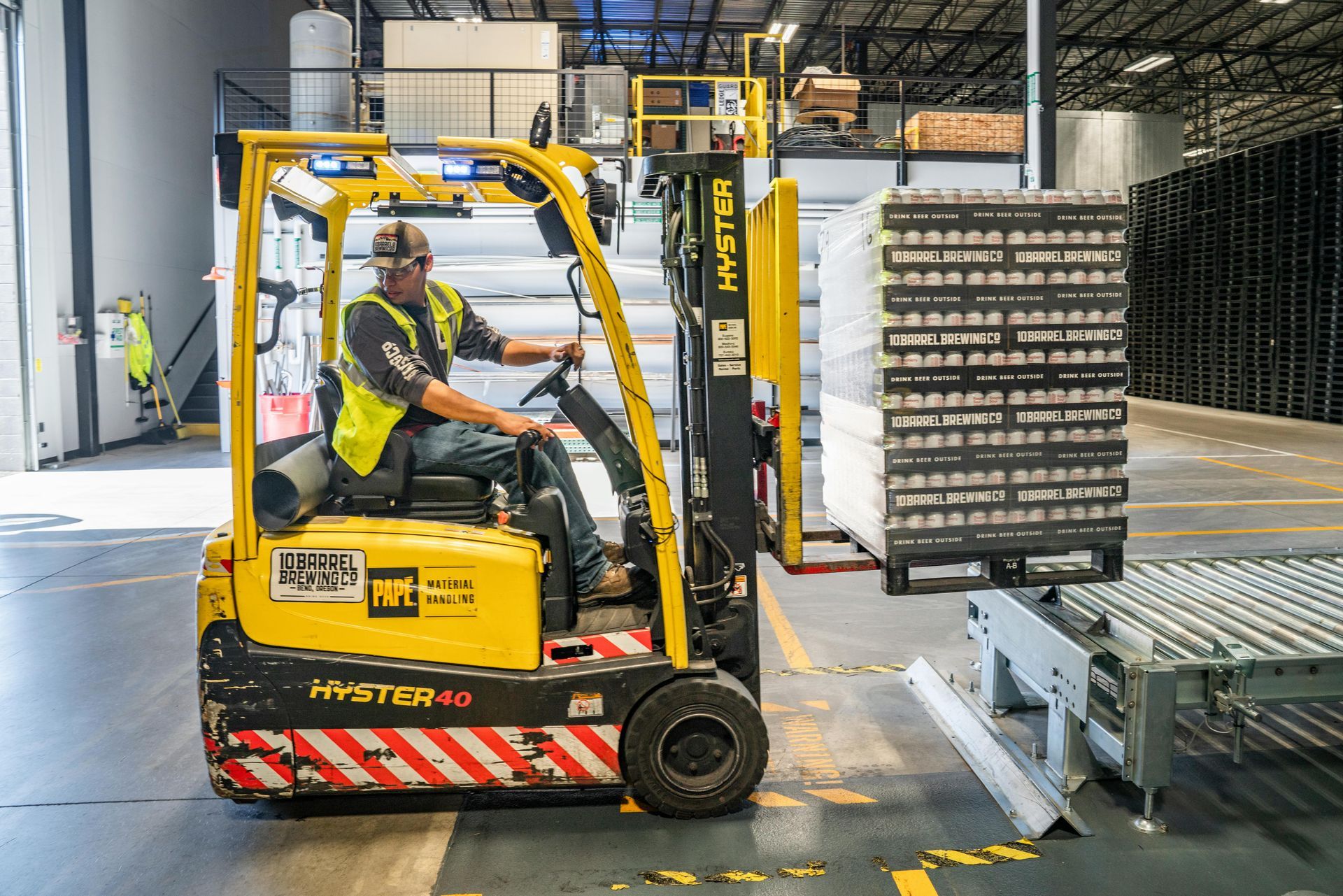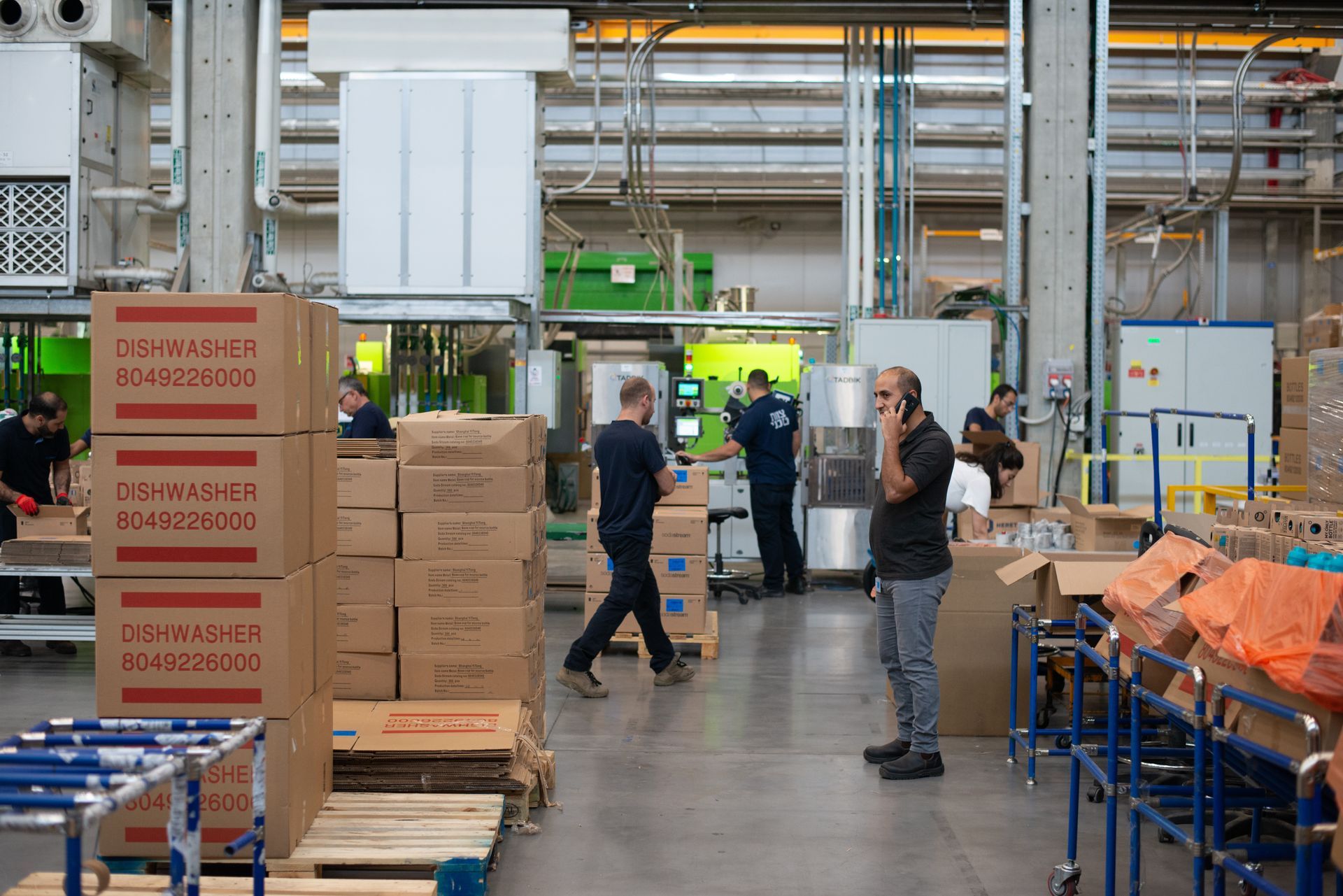What You Can Do to Address a Warehouse Labor Shortage
Over the past few years, the logistics industry has experienced a significant labor shortage. The COVID-19 global pandemic has only exacerbated this issue, and warehouses across the globe are struggling to find and retain workers. This shortage of labor has led to increased costs, decreased productivity, and longer lead times. In this article, we'll discuss the reasons behind this labor shortage and explore some strategies that warehouse managers can adopt to address this challenge.
Reasons for the Warehouse Labor Shortage
The warehouse labor shortage can be attributed to several factors. Firstly, the aging workforce is a significant contributing factor. Many warehouse workers are reaching retirement age, and there aren't enough young warehouse workers to replace them. Secondly, the pandemic has caused many workers to leave their jobs due to concerns over health and safety.
Thirdly, the rise of e-commerce has increased the demand for warehouse workers, but the supply of labor has not kept up with this demand. Lastly, the perception of warehouses as low-paying and physically demanding jobs has deterred many potential employees from considering a career in logistics.
Strategies to Address the Warehouse Labor Shortage
1. Increase Wages and Benefits
One of the most effective ways to attract and retain employees is by offering competitive wages and benefits. With the current labor shortage, employees have more bargaining power, and warehouse managers need to offer higher wages and better benefits to attract and retain warehouse employees. Offering health insurance, paid time off, and retirement benefits can also help attract and retain employees.
2. Improve Working Conditions
Improving working conditions can help employees feel valued and improve their productivity. Warehouses can be hot, dusty, and noisy, and workers need to be comfortable to be productive. Improving ventilation, installing air conditioning, and providing fans can help make the warehouse more comfortable for employees. Additionally, providing ergonomic equipment, such as chairs and standing desks, can help prevent injuries and improve productivity.
3. Provide Training and Development Opportunities
Providing proper training and development opportunities can help warehouse employees improve their skills and advance their careers. This can help increase employee loyalty and retention. Offering training programs on safety, equipment operation, and leadership can help employees develop new skills and advance their careers. Additionally, providing opportunities for cross-training can help employees gain new skills and increase their value to the company.
4. Utilize Technology
Technology can help improve productivity and reduce the need for labor in some areas. Warehouse managers can implement automation technologies, such as pick-and-place robots and automated storage and retrieval systems, to improve efficiency and reduce the need for labor. Additionally, implementing warehouse management systems (WMS) can help optimize inventory management and reduce errors.
5. Offer Flexible Schedules
Offering flexible schedules can help attract and retain employees who may have other commitments, such as school or family responsibilities. Offering part-time or flexible scheduling can help employees balance their work and personal lives. This can help reduce absenteeism and improve employee morale.
6. Improve Communication
Improving communication can help employees feel more engaged and valued. Warehouse managers can hold regular meetings to communicate updates and provide feedback to employees. Additionally, providing a suggestion box or holding employee surveys can help employees feel heard and valued. Managers should also ensure that they are open to feedback and actively solicit it from their employees.
Final Thoughts
The warehouse labor shortage is a significant challenge for warehouse managers, but there are ways to address it. Increasing wages and benefits, improving working conditions, providing training and development opportunities, utilizing technology, offering flexible schedules, and improving communication can all help attract and retain employees. By adopting these strategies, warehouse managers can ensure that their warehouses have the workforce they need to remain productive and competitive.
Prevent warehouse labor shortage with the help of Front Line All Temps. We are a
warehouse staffing agency that aims to open up thousands of doors for people nationwide by creating more jobs in the warehouse industry. We have grasped the recruiting/hiring process and continue to perfect it to make sure we are finding the right passionate team members to send our partners. Get in touch with us today!


